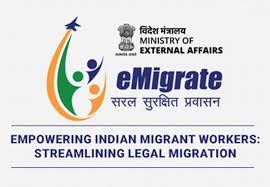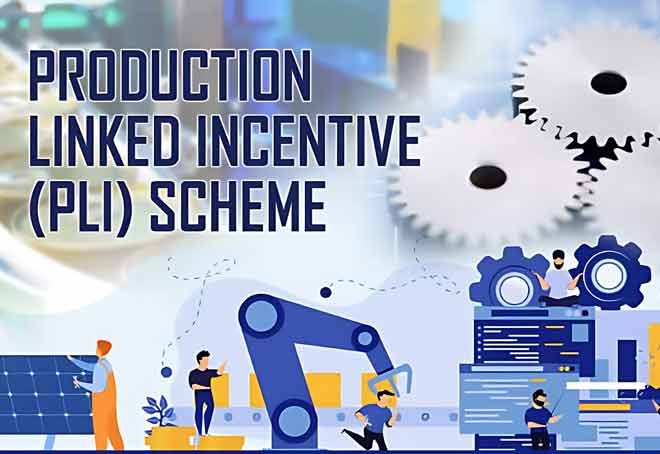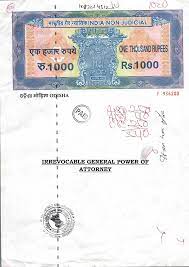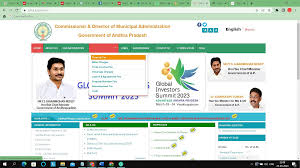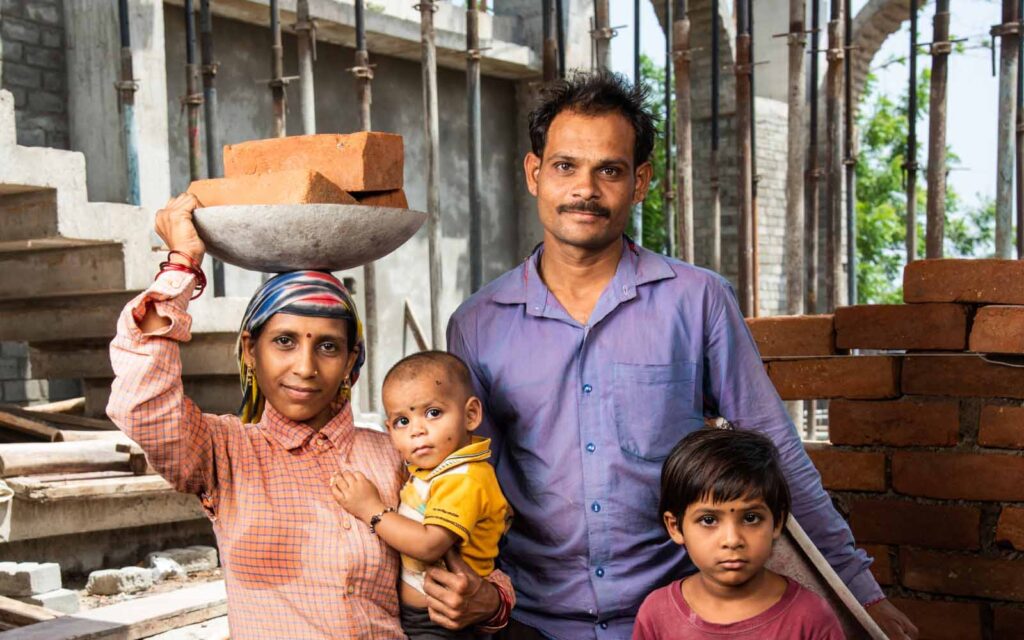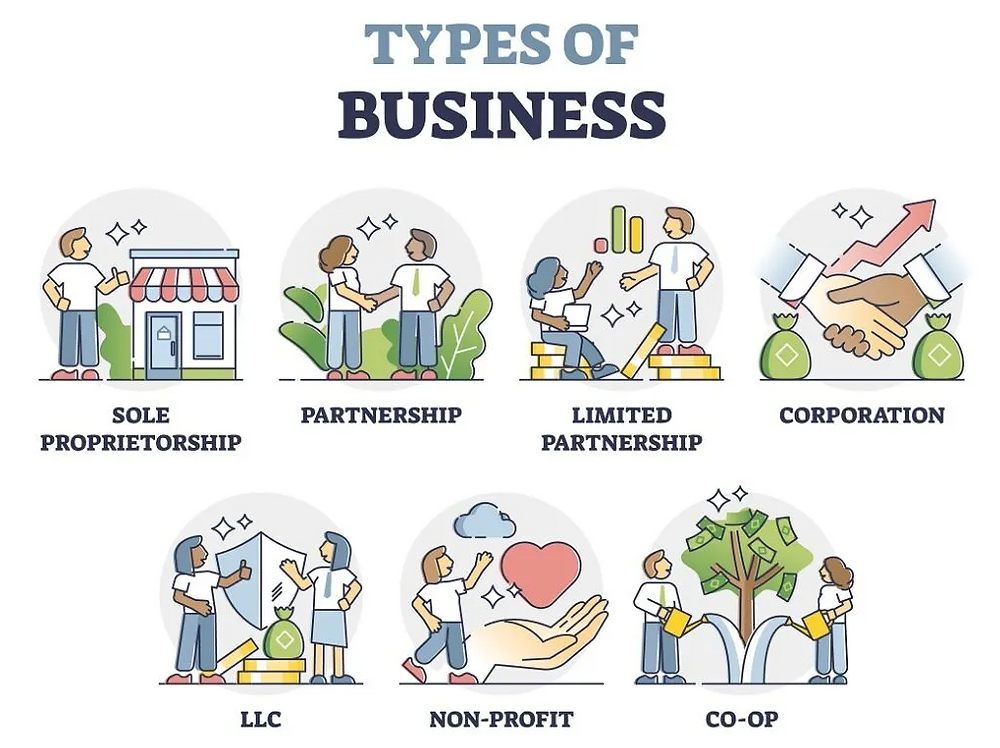Electoral Trust
Electoral Trusts Scheme, 2013 was notified by the Central Board of Direct Taxes (CBDT). An Electoral Trust is a Trust set up by companies with the sole objective to distribute the contributions received by it from other Companies and individuals to the political parties. Only the companies registered under Section 25 of the Companies Act, 1956 are eligible to make an application for approval as an Electoral Trust. The electoral trusts have to apply for renewal every three financial years. The scheme lays down a procedure for grant of approval to an electoral trust which will receive voluntary contributions and distribute the same to the political parties. The provisions related to the electoral trust are under Income-tax Act, 1961 and Income tax rules-1962. Definition and Purpose Electoral Trusts in India are established under Section 25 of the Companies Act as non-profit entities with the principal aim to ensure transparent and accountable political funding. These trusts facilitate the orderly receipt and distribution of voluntary contributions to political parties registered under Section 29A of the Representation of the People Act, 1951. The primary objective of these trusts is to enhance transparency and reduce potential conflicts of interest by serving as a neutral intermediary in the funding of political parties. Contributions to Electoral Trusts Electoral Trust can receive contributions from various sectors. The following categories of persons can contribute to an electoral trust: Indian citizens Domestic companies which are registered in India Firm or Hindu Undivided Family Group of persons or individuals, who reside in India. An electoral trust cannot accept contributions from: Any person who is not an Indian Citizen. Foreign Entity. Any other electoral trust. Mechanism for Distribution of Funds For administrative expenses, the Electoral Trusts are permitted to set aside a maximum of 5% of the total funds collected during a financial year. The remaining 95% of total income of the Trusts is required to be distributed to eligible political parties. Parties registered under the Representation of the People Act, 1951 are eligible to receive the contributions. Electoral trust are required to keep and maintain books of account including details of receipts, distribution and list of donors and receivers. Procedure for Accepting Contributions An electoral trust can accept contributions only by cheque, demand draft or account transfer to the bank. An electoral trust after receiving the contribution must allocate the same to the political parties. Thus, the job of the trust would be to merely receive it and donate it to the concerned parties. However, as already observed, they cannot donate to any other trust. Receipt for Contribution On receiving any contribution, an electoral trust must provide a receipt mentioning the following: Name and address of the contributor. Permanent account number of the contributor or passport number in the case of a citizen who is not a resident. Amount and mode of contribution including name and branch of the Bank and date of receipt of such contribution. Name the electoral trust. Permanent account number of the electoral trust. Date and number of approval by the prescribed authority. Name and designation of the person issuing the receipt. Electoral Trust Administration An electoral trust can distribute funds only to the eligible political parties. However, the electoral trust can for the purposes of managing its affairs, spend up to 5% of the total contributions received in a year subject to an aggregate limit of Rs.5 lakhs in the first year of incorporation and a sum of Rs.3 lakhs in subsequent years. Distributable Contributions The total contributions received in any financial year along with the surplus from any earlier financial year, if any, on managing its affairs, will be the total amount of distributable contributions for the financial year. An electoral trust will be required to distribute the distributable contributions received in a financial year. Moreover, an electoral trust is required to distribute at least 95% of the total contributions received during the financial year along with the surplus brought forward from earlier financial years to the eligible political parties before 31st March of the concerned financial year. Record Keeping All electoral trust are required to keep and maintain a regular record of proceedings of all meetings and decisions taken, books of account and other documents in reference to its receipts, distributions, and expenditure. The electoral trust should also maintain a list of persons from whom contributions have been received and to whom the same have been distributed. Auditing Records Electoral Trust audit must be conducted and the audit report would be furnished in Form No. 10BC along with its Annexure to the Commissioner of Income Tax or the Director of Income Tax as per its jurisdiction. All electoral trust are required to furnish a certified copy of the list of contributors and a list of political parties to whom sums were distributed. Government Oversight and Guidelines The governance of Electoral Trusts is heavily regulated, with the Central Board of Direct Taxes (CBDT) playing a pivotal role. The CBDT, under the Electoral Trust Scheme 2013, specifies the operational guidelines and approval procedures for these trusts. An electoral trust must apply to the CBDT for approval, which can be granted for up to three years but may be withdrawn if the trust fails to comply with the regulations or ceases to operate legitimately. FAQs What is an Electoral Trust? An Electoral Trust is a non-profit organization formed in India to receive voluntary contributions from individuals, companies, or other entities. These contributions are then distributed to political parties to promote transparency in the funding of elections. How does an Electoral Trust work? An Electoral Trust collects donations from various sources and distributes them to registered political parties. The trust is required to distribute at least 95% of the total contributions received to political parties, ensuring transparency and accountability in political funding.

